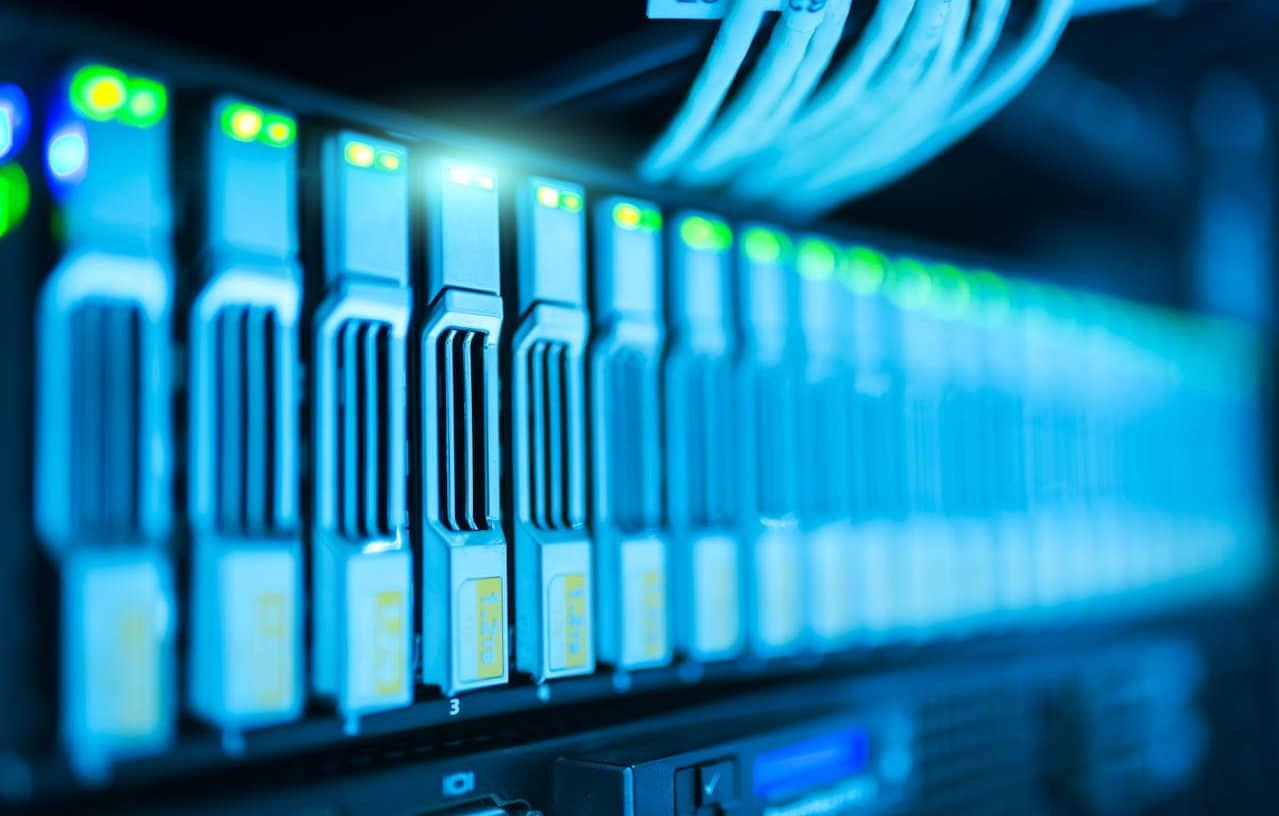
From movie rentals to streaming , Netflix revolutionized the audiovisual entertainment market.
Disruptive innovation is a type of innovation that creates radical change in a market or industry by introducing products or services that, although initially may be lower performing compared to existing ones, eventually capture a large part of the market due to their simplicity, accessibility or reduced cost. It often transforms the way companies operate and consumers interact with products, displacing traditional technologies or models.
Examples of disruptive innovation
Over the years, several examples of disruptive innovation have emerged that have transformed entire industries and the way we live. Below are some notable cases:
Netflix vs. the video store industry
In its beginnings, Netflix offered a movie rental service by mail, competing directly with video stores like Blockbuster. However, its commitment to streaming digital content revolutionized the entertainment industry, allowing users to watch movies and series at any time, from any device with Internet access. This disruptive innovation led to the disappearance of traditional video stores.
Airbnb and the hotel sector
Airbnb burst into the hospitality market by offering a platform that allowed people to rent out their homes or rooms to tourists. This model not only provided more affordable options in terms of cost, but also changed the perception of the need for hotels, creating a new category of accommodation and directly affecting the traditional hotel industry.
Uber and traditional transportation
The emergence of Uber as an alternative to conventional taxis redefined urban transportation. By using a mobile application to connect private drivers with passengers, Uber not only offered a more accessible and convenient service, but also challenged traditional regulations and control of the taxi industry in many cities.
Smartphones and the end of conventional mobile phones
The arrival of the iPhone in 2007 marked a before and after in the mobile phone industry. Smartphones not only allowed making calls and sending messages, but also integrated multiple camera, internet browser and media player functions. This disruptive innovation made conventional mobile phones obsolete, consolidating the use of smartphones as a necessity in daily life.
Nintendo Wii
The Nintendo Wii is a clear example of disruptive innovation in the video game industry. Instead of directly competing with high-end consoles in terms of graphics or processing power, it focused on a more accessible and fun gaming experience for a wider audience, using intuitive motion controls. This innovation allowed people of all ages and skill levels to enjoy video games, attracting new market segments, such as families and casual gamers, who until then were not the main focus of the industry.

Amazon's disruptive innovation can be seen in its delivery models.
Various forms of innovation
Innovation can manifest itself in different ways depending on the context and market needs.
Open innovation
An approach that encourages collaboration between companies, researchers and other external actors to generate ideas, products or solutions. Instead of relying solely on internal resources, organizations seek to leverage external knowledge to drive innovation more efficiently and accelerate the development of new technologies or services.
Food innovation
It covers everything from the creation of new products to the improvement of production and distribution processes. Recent examples include plant-based foods, lab-grown products, and waste reduction solutions.
Innovation in delivery models
The transformation of the ways in which products and services reach the final consumer. Examples include the popularization of express or immediate deliveries, such as those of Amazon Prime or deliveries by drones.
Frugal innovation
It focuses on developing low-cost products and solutions that maintain their functionality and quality. This type of innovation is mainly aimed at emerging markets or consumers with fewer resources, offering accessible and effective technologies. A common example is the development of affordable medical devices that provide similar results to conventional ones, but at a fraction of the cost.
New trends in the economy
The global economy is undergoing profound transformations driven by technology and sustainability.
Circular economy
It seeks to minimize waste and maximize the efficient use of resources, promoting a continuous cycle of reuse, recycling and regeneration. Unlike the traditional linear economic model (extract, produce, dispose), the circular economy proposes a more sustainable approach that extends the useful life of products and reduces environmental impact.
collaborative economy
It is based on the exchange of goods and services through digital platforms, where users can share resources such as vehicles, accommodation or tools. This model, exemplified by companies like Uber or Airbnb , facilitates a more efficient and accessible economy.
Platform economy
It is based on digital platforms that connect suppliers and consumers, facilitating interaction and transactions between them. Amazon, eBay and Google , among others, act as intermediaries for a wide range of goods and services, allowing the expansion of markets and business opportunities.
Digital economy
It covers all economic activities that are supported by digital technologies. This includes e-commerce, fintech (financial technologies), automation and the use of massive data (big data). Digitalization has transformed entire industries, optimizing processes, reducing costs and creating new business models.

Storing and processing data in the cloud is a clear example of disruptive innovation.
Emerging technologies and their impact
Disruptive innovation is being driven by a set of emerging technologies that are redefining more than one business model and generating technological change at a global level. Below are some of the most relevant ones:
Artificial intelligence (AI)
AI is transforming industries by automating processes, making data-driven decisions, and developing intelligent systems, from virtual assistance technologies to predictive analytics. Their integration is changing business models by improving efficiency and personalizing services at scale.
Internet of Things (IoT)
The IoT connects devices and systems through the Internet, allowing the collection and analysis of data in real time. This is revolutionizing sectors such as logistics, health and manufacturing, improving decision making and optimizing the use of resources.
Blockchain
Blockchain offers a secure and transparent way to conduct digital transactions, with applications in areas such as finance and the smart supply chain. This technology is enabling new business models by eliminating intermediaries and increasing user trust.
Virtual reality (VR) and augmented reality (AR)
Both VR and AR are transforming the way people interact with the digital world, with applications in entertainment, education and commerce. These technologies are creating immersive experiences that allow users to access simulated or enhanced environments in real time.
Cloud computing
It allows companies to store and process large amounts of data without the need for expensive physical infrastructure. This facilitates scalability and remote access, favoring more flexible business models.
Robotics and autonomous vehicles
Robotics are automating tasks in diverse industries, from manufacturing to healthcare, while autonomous vehicles are revolutionizing transportation, promising greater safety and efficiency in mobility. Both advances generate new business models in sectors such as logistics and automotive.
Renewable energies and biotechnology
The transition to renewable energy is transforming the energy sector by reducing dependence on fossil fuels, while biotechnology is opening new possibilities in medicine, agriculture and sustainability, with innovative solutions to improve quality of life and protect the environment.
3D printing and nanotechnology
3D printing allows personalized and on-demand production of parts and products, revolutionizing manufacturing, while nanotechnology is impacting areas such as medicine and electronics, with advances in more efficient materials and innovative medical treatments.
Telemedicine and online education
Telemedicine facilitates access to healthcare at a distance, while online education is democratizing access to education, allowing people around the world to receive quality training without geographical barriers.
